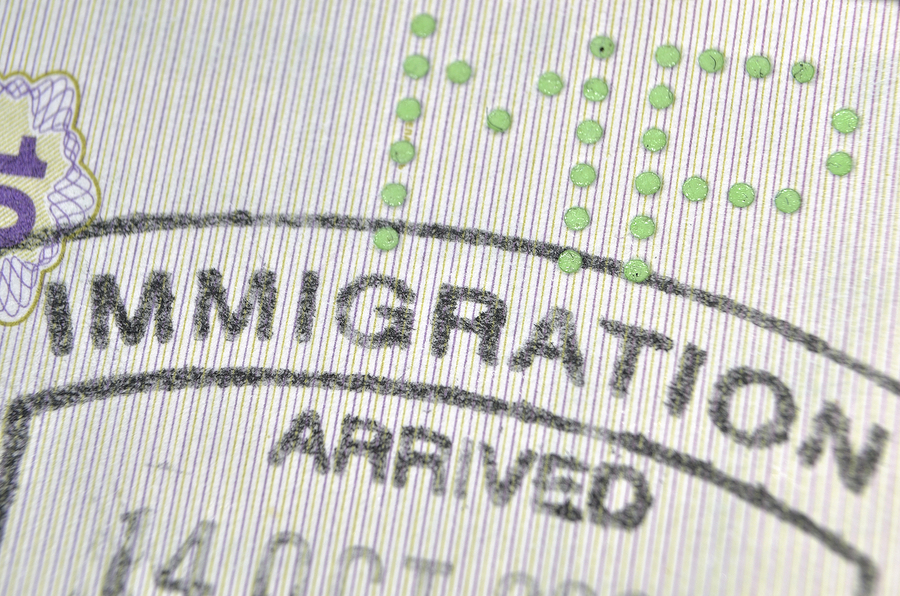
Unless a foreign national is applying for or entering the United States on an immigrant visa, he or she must demonstrate to the satisfaction of the US government that he or she bears non-immigrant intent. In other words, the individual must prove that he or she does not harbor an intent to stay here permanently. Rather, he or she is coming to the US on a temporary basis, whether that means for pleasure, school, or in some cases, business. The important point is that once the individual has accomplished his or her purpose, he or she will be leaving the United States. With a few limited exceptions, the doctrine of non-immigrant intent applies to all non-permanent resident visitors, whether they are entering the country on a visa, coming from a visa-exempt country like Canada, or from a visa-waiver country, like England. Non-immigrant intent may need to be proven at a US Consulate before a consular officer or at the border before a Customs and Border Protection officer. In some cases, one may even need to prove continuing non-immigrant intent before USCIS, i.e., in connection with an extension of status.
Indicia of non-immigrant intent
In deciding whether to grant a non-immigrant visa or admit a person into the United States, an immigration officer is afforded a large amount of discretion. While there is no magic checklist of documents or evidence that one can furnish to automatically guarantee a visa, there are certain forms of proof that are commonly accepted as indicative of (but which, note, do not conclusively establish) non-immigrant intent. According to CBP, some circumstances and items that an officer may take into consideration include the following:
- Evidence of Employment: this would be in the form of a job letter or proof that one is steadily employed and has a job to return to
- Proof of Foreign Residence: an example would be a deed, mortgage, rental or lease agreement, etc.
- Financial Ability to Support Oneself: cash, bank statements, checking and savings accounts, etc.
- Proof of significant ties to one’s country: proof of assets, property, annual tax filing, etc.
- Transportation arrangements to return home: ie., plane ticket, bus ticket, etc.
- Contact information of the friend or family member that the visitor will be staying with.
While packaging evidence of the above in no way assures admission, the above evidence is tremendously instructive in terms of what CBP officers look for when making snap judgments in deciding whether to let someone in or not. If you or a relative is planning on a trip to the US and have concerns about whether admission will become an issue, contact our office. We can help you to evaluate your prospects of being “flagged” and in the event that you are, assist you in assembling a package that assures the government that your visit will be in line with your stated purpose.
We hope that you have enjoyed this article and learned at least one new thing or tip that you may not have known. To keep informed about the latest developments in immigration law, please subscribe to our blog feed by clicking on the “Subscribe To This Blog’s Feed” button on the left. It is important to understand that the above is only general information and not legal advice. It does not create an attorney-client relationship nor should it be relied upon as legal advice. The law is extremely fact and circumstance sensitive. For an individual legal analysis of your specific legal case, please complete the “Case Evaluation” box to the right of the screen to get in touch with one of our attorneys.
